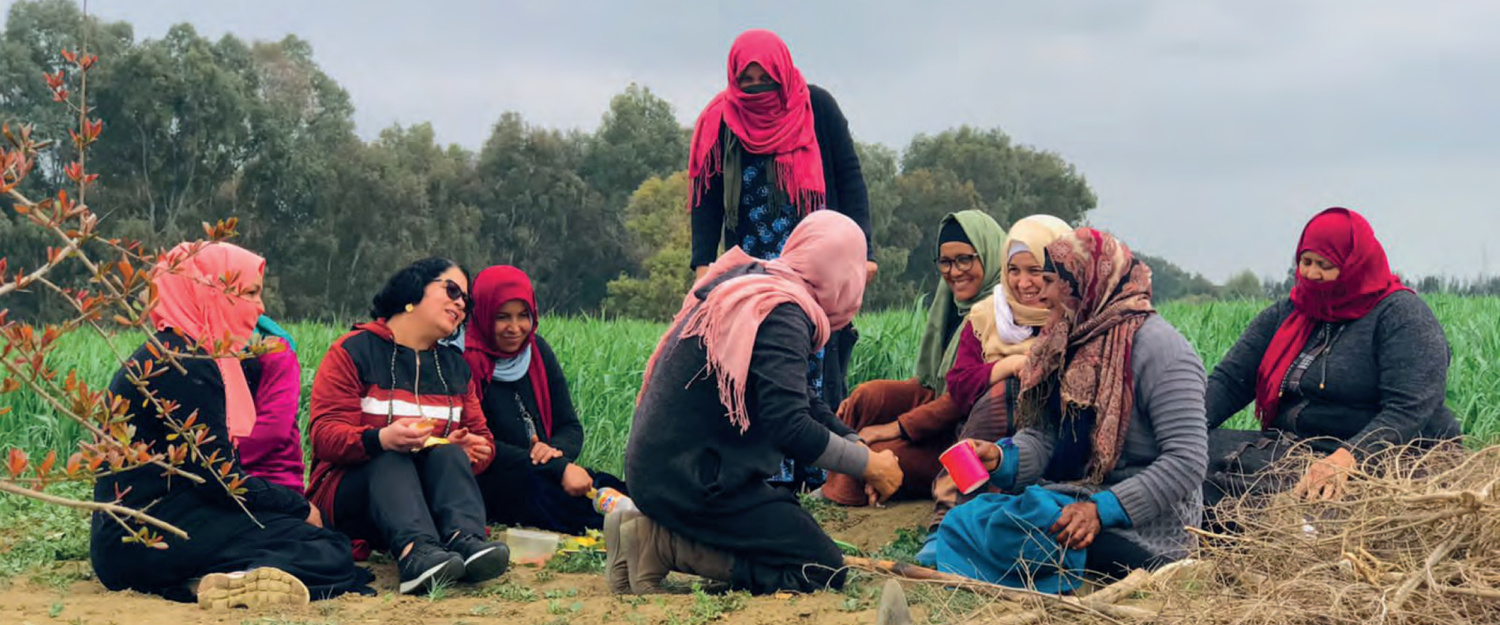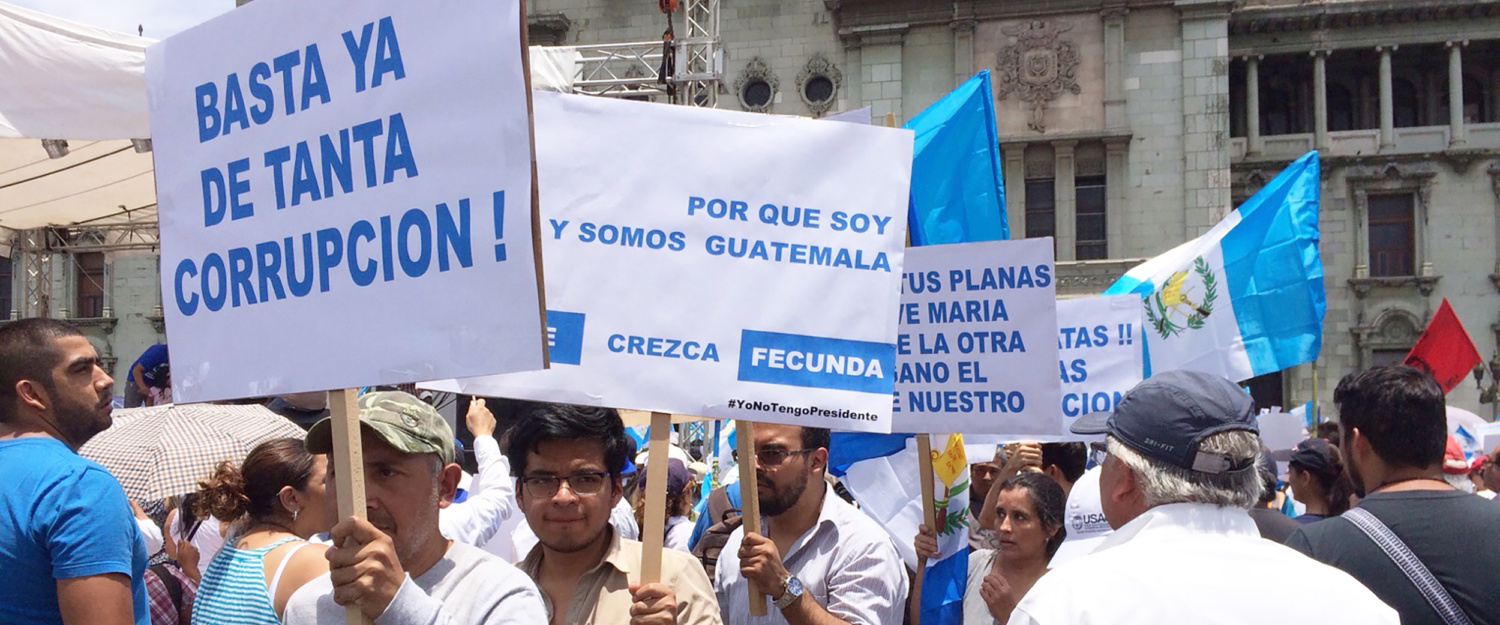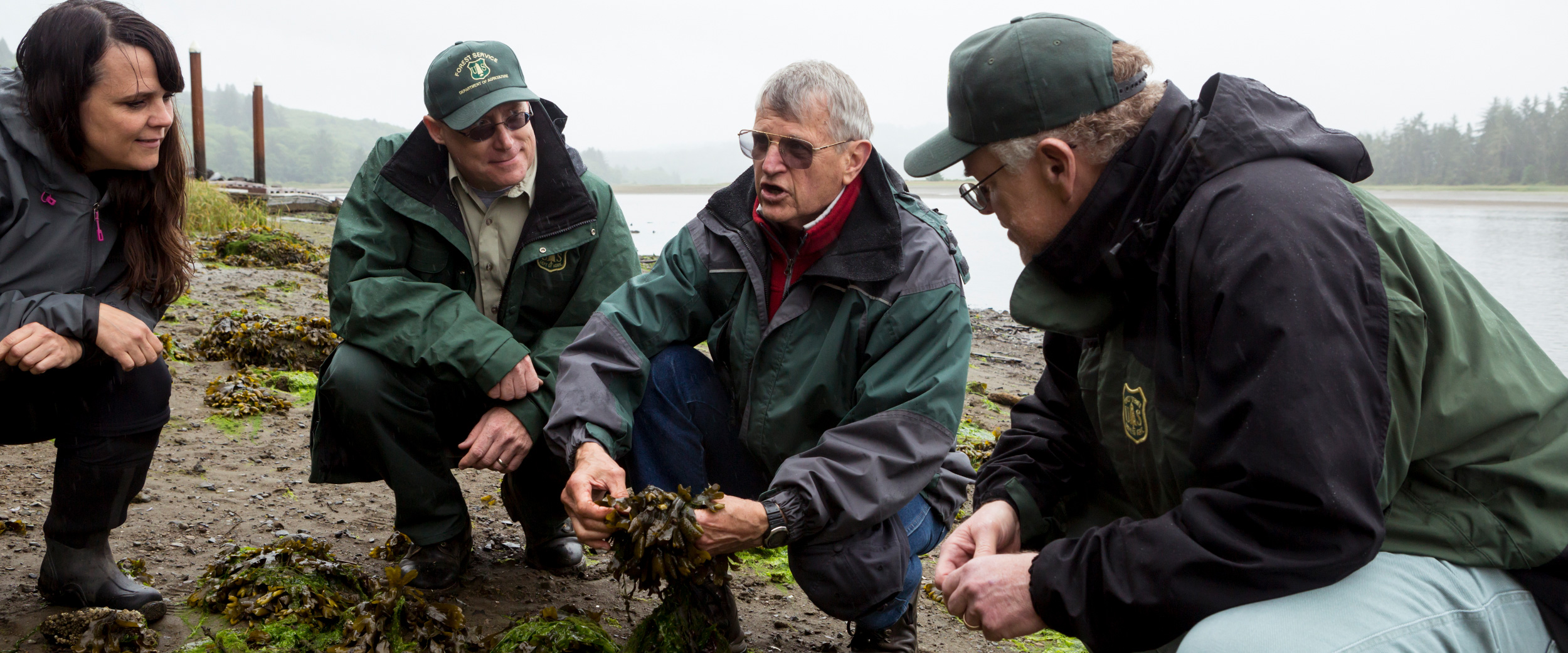
Improving lives and livelihoods for the next 100 years
Services
Focus Areas
As it prepared for its second century of service, the USDA Forest Service was compelled to forge far deeper connections to a rapidly changing American public and network of prospective partners committed to shouldering the work of conservation together.
What was the challenge?
Since the Forest Service was created in 1905, much of America moved to the cities, people started buying their food instead of growing it, and our population transformed from a largely outdoor to indoor species. With these shifts, many could no longer see how forests, let alone the Forest Service, relate to their needs and the needs of their community. The Forest Service turned to MG to explore why, and develop a path forward that could ensure the agency’s relevancy and effectiveness in its second century of service.
What did we do?
For more than 10 years—through two administrations and three chiefs—MG has helped the Forest Service strategically navigate change in ways that drive mission success. The north star guiding this journey was created early on through a highly inclusive national engagement process we facilitated to clarify the Forest Service’s core purpose, values, and approach to building trust and relationships. Known as “This Is Who We Are,” the identity platform clarifies what it means to be a leader at the Forest Service, the behavioral expectations and code of conduct for employee success, the dynamic tensions to harness in shaping and implementing successful programs, and the story of conservation and the Forest Service’s place in it that the world needs to hear.
There is nothing more powerful than being clear about who you are in the world. MG used this clarity to guide major change efforts, including: building a 700-person leadership community committed to leading the Forest Service as one unified agency; helping the 35,000-person workforce address harassment, assault and bullying in the workplace; and scaling forest restoration efforts to extend across public land management boundaries to address catastrophic wildfire risk.
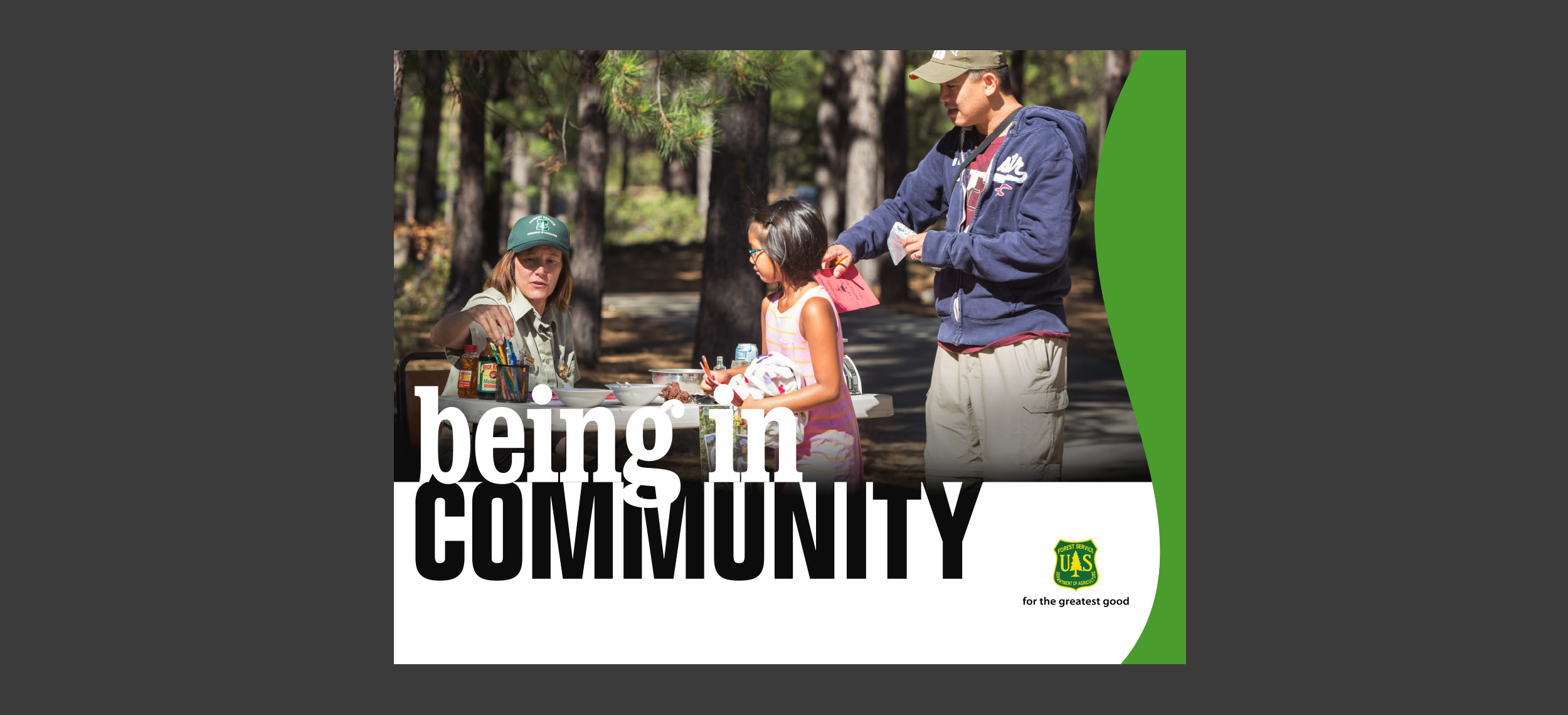
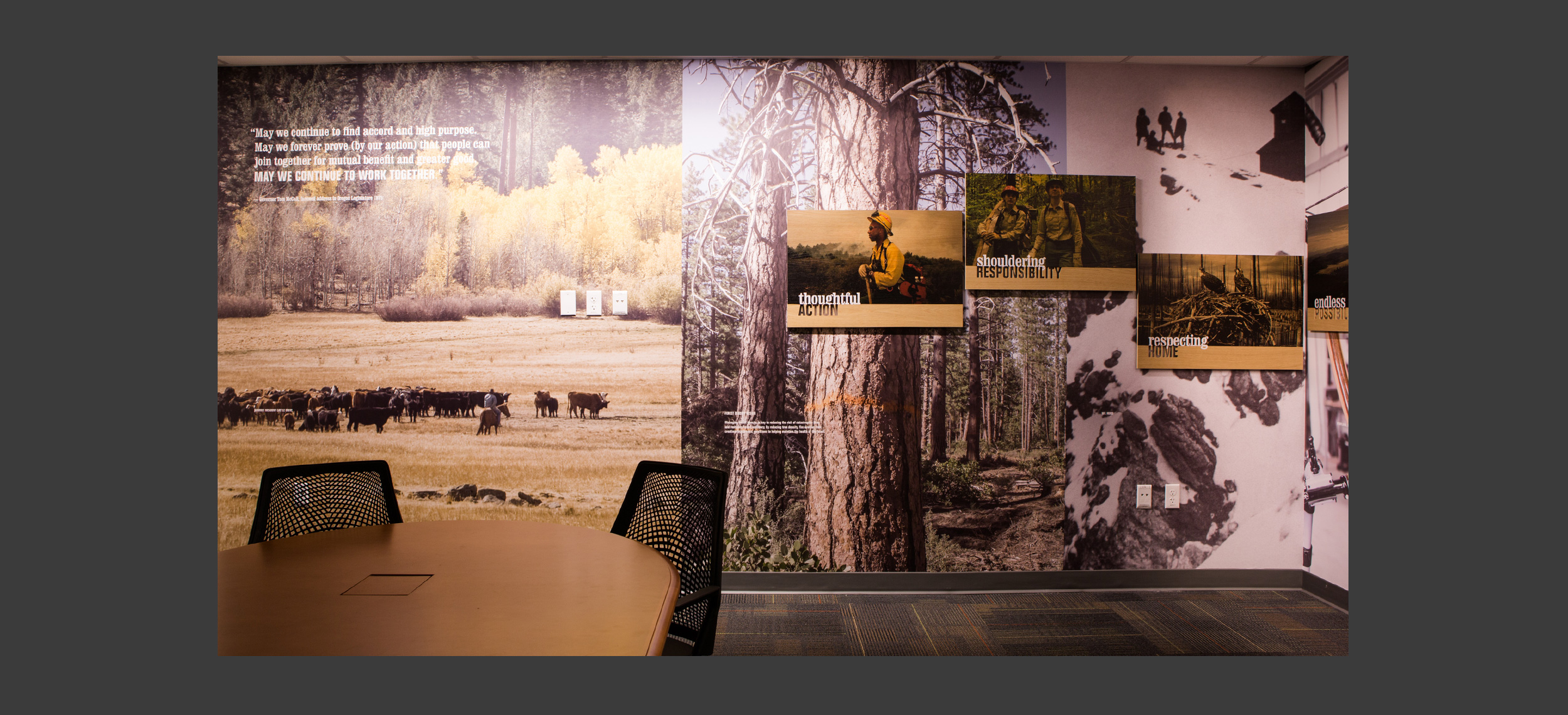
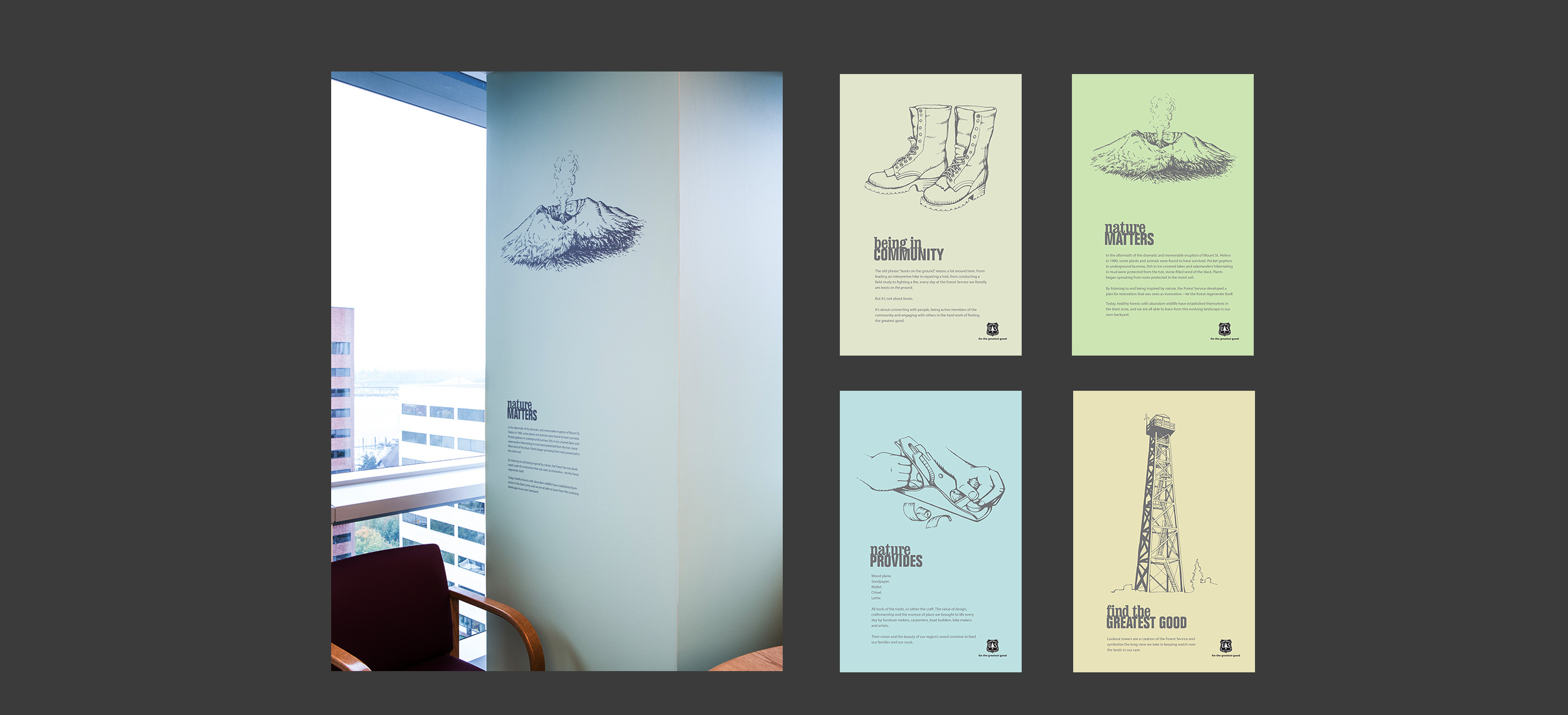
What happened?
As a result of work together, the Forest Service is transforming its organizational culture to be more interdependent, deepening and diversifying relationships with stakeholders, and becoming more visible and active in community. This is creating a groundswell of public interest in the Forest Service mission. Specifically, the Forest Service is benefitting from an improving work environment where employees feel safer and more cared for; record levels of appropriations designed to prevent escalating wildland fire costs from cannibalizing core conservation programs; vastly improved standing and relationships with individual state and local governments; and the emergence of a more interdependent science arm to improve land management decisions in an era of climate change. Read more about our work with the USDA Forest Service here.
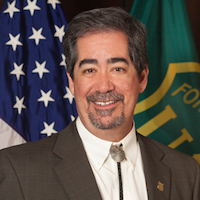
From our client:
“MG helped us discover the values underpinning who the Forest Service is today, both from internal introspection that links to our Pinchot core, but more importantly, validated with the American people through focus groups that explored who they want their Forest Service to be in terms of both values and how we show up. I appreciate what MG brings to every conversation, particularly the ability to lead from the side, and how they challenge us to be our best selves. There is so much more that I now know to be possible since we began working with MG. You are part of us.”
—Cal Joyner, Southwest Regional Forester (retired)

